Choosing the best indoor plants for a modern interior design will give your home decor a signature statement.
So, do not be afraid if you’re not a plant lover and are concerned about plant care. We have a great plant family that can help you show the ropes.
So, if you would like to add some indoor plants to make your place look beautiful, you can add some of the following plants to bring nature to your indoor environment.
We have chosen a list of popular plants with low maintenance selected by designers to fit into your contemporary home.
Growing plants in your indoor garden will look trendy and add style; you can even become a designer by placing them in your home. But before we get to the best plants to use in your contemporary home, let’s check some of the benefits and how to use them.
Benefits of Indoor Plants in Modern Interior Design
Using plants in contemporary interior design is popular and beneficial for you. It makes your living space look fabulous and is essential to your overall health.
Reduces Anxiety and Stress
Not only does a plant in your bathroom or bedroom help with stress, but it also helps lower blood pressure, making you feel calmer to align yourself. Furthermore, indoor plants enable you to sleep better in the bedroom as they give off oxygen at night.
But to add to this benefit, plants in a room add greenery to your design.
Air Purifier
Instead of investing in a humidifier, get yourself a plant to help improve air quality in the home. Plants have a natural filtering process, making you breathe easier. Plus, you can decoratively group plants for plant care and humidity to add moisture to their overall well-being.
Increases Productivity
Plants in the office or your home office make you more focused on improving memory, mood, and creativity. Furthermore, they decoratively add beauty and, with the features mentioned thus far, explore the list of plants to add to specific rooms to bring productivity to your life.
Improves Well-Being
Different plants placed throughout rooms can help fight allergies and colds. The foliage increases the humidity while decreasing dust, which is a cold fighter. All your indoor plants need is the right environment with light and water to provide all the above.
Who thought placing plants with your contemporary interior design could provide all these benefits?
How to Add Plants in Contemporary Interior Design
Modlust has gathered some great ideas to place indoor plants throughout rooms in the home to make your modern interior look great. So, get inspired with the following designer’s ideas.
Choose Minimalist Planters
In contemporary design, simplicity is key. Opt for sleek and minimalist metal, glass, or a concrete planter. These can complement the clean lines and neutral colors common in modern interiors.
Select the Right Plants
Go for contemporary indoor plants like succulents, the snake plant, or fiddle leaf figs. These plants are known for their clean architectural lines, making them a great fit for modern rooms.
Group Plants Strategically
Instead of scattering individual plants throughout the interior, consider grouping them in clusters. This creates a more significant visual impact and helps define specific areas within a room.
Use Vertical Gardens
Vertical gardens or living walls are an excellent choice for a contemporary house. They save floor space and add a striking and artistic element to your design. So, you can enhance spaces to brighten them with growing plants in the home.
Incorporate Plant Art
Explore the concept of plant art, where indoor plants are arranged in a way that resembles artwork. You can use geometric shapes or asymmetrical arrangements to create a visually appealing focal point.
From a cactus to a small plant growing in your house, it can become a work of art.
Embrace Contrasts
Contrast is a fundamental element of contemporary design. Pair bold, architectural plants with minimalist furniture and decor. For example, place a tall, striking plant next to a simple, clean-lined sofa for a stunning contrast. Or a smaller plant on a table gives a place a lush feel.
Consider Plant Lighting
When it comes to plant care, light plays a vital part when creating spaces with greenery added to it. Your indoor plants need adequate light. So, choose plants that can receive the right light in the home environment for plant care.
These include natural and artificial light, as each one can affect the growth of your plants.
Maintain Cleanliness
In modern design, cleanliness, and organization are essential. Hence, taking care of your plants is all about keeping your plants clean. Provide them water, pruning, and leaf dusting and ensure they remain fresh and vibrant.
Experiment with Plant Sizes
Mix different plant sizes to create visual interest. Combining tall floor plants, mid-sized tables, and small decorative plants can add depth to your interior design.
Blend with Neutrals
Many modern interiors feature a neutral color palette. Use house plants to introduce subtle pops of green that complement the neutral tones, adding warmth and life to the room.
Create Green Zones
Designate specific areas or corners as “green zones” where you focus on houseplant arrangements. This allows you to integrate plants seamlessly into your design without overwhelming the entire space.
Custom Shelving and Plant Stands
Invest in custom shelving or plant stands for a planter that matches your interior design theme. These can help elevate your plants and make them integral to your decor.
Remember that balancing nature and modern aesthetics is the key to successful modern design in the house with plants.
By following these tips and experimenting with different plant arrangements, you can create a harmonious and inviting space that seamlessly blends the magnificence of nature with contemporary style.
House Plants to Use in Contemporary Interior Design
A plant in your home is a critical accessory to liven up your space. Yet, some of the best design ideas, colors, and tips need exceptional greenery to achieve this. So creatively style your bedroom to your living room using these indoor plants.
Fiddle Leaf Fig
The fiddle-leaf fig can make a considerable impact in empty spaces. These are popular indoor plants to place at a large entrance with high ceilings. It makes a perfect natural signature and is very noticeable in a door.
It can also be a stand-alone shocker in a living room. With the big, curly, attractive leaves, one cannot ignore it. One thing is sure in the interior: it is one magnificent piece of art. No wonder designers choose it for a modern interior house.
All you need to provide your fiddle leaf fig with is bright light standing at a sunny window and misting it during hot summer days to help increase humidity. Fertilize these house plants once a month during the growing season.
The fiddle leaf fig can tolerate direct sunlight when mature, but as young, plants provide them with bright indirect light instead. These care tips will keep your plant looking beautiful in the house.
Elephant Ear Plant
Incorporating an Elephant Ear plant into a modern interior can be an excellent way to bring a touch of tropical elegance and natural beauty to your space. You can choose a sleek modern planter to complement your interior design theme.
Elephant Ear plants can be large and dramatic, so consider their size when deciding where to place them. They work well as statement pieces in corners, near a large window, or as a focal point in an open area.
Use the striking and bold foliage of the house plant to accentuate your room’s architectural features. For example, place it near a tall pillar or a modern fireplace to draw attention. Paired with minimalist furniture, you can create a harmonious look.
Elephant Ear plants generally thrive in bright, indirect light. Ensure they receive adequate light while avoiding direct sunlight, which can scorch their leaves. Consider using sheer curtains or blinds to filter natural light.
Then, provide your dark green plant with well-draining soil and water it when the top few inches of the soil is dry.
Rubber Tree Plant
Including a Rubber Tree Plant is a designer choice for a good reason. It adds a touch of elegance to any place. Choose a contemporary planter that aligns with your modern design theme. Materials like matte-finished ceramic, metal, or fiberglass in neutral colors such as white, black, or gray work well.
Opt for a pot that has clean lines and a simple design. These houseplants grow tall and make for excellent conversation pieces in the home. You can place them in a corner or near a large window to maximize their visual impact while allowing them to receive adequate indirect sunlight.
Pair your Rubber Tree with minimalist and modern furniture pieces. Opt for furniture that features clean lines, simple forms, and a neutral color palette to create a cohesive and harmonious look.
The lush and glossy green leaves can create contrast with the sleek and minimalistic elements of modern design. This contrast adds visual interest and a sense of vitality to the space. Incorporate geometric patterns in your decor, such as rugs, cushions, or artwork.
Rubber Tree plants thrive in bright, indirect light. Ensure they receive enough natural light without exposure to direct sunlight, which can scorch their leaves. If you have multiple indoor plants, consider mixing the Rubber Tree with other greenery to create a diverse and vibrant indoor oasis.
Ensure that the plants complement each other in terms of care requirements.
Philodendron Vines
Philodendron vines work well with modern interiors to bring a room a natural elegance and visual impact. These indoor plants are versatile for hanging planters on a living or vertical garden wall.
Place Philodendron vines on open shelving or within bookcases to bring leafage and soften the lines of your modern storage units. The vines can trail gracefully down the shelves, creating a dynamic contrast with the angular shapes of the furniture.
Use Philodendron vines to create natural room dividers. Install tension rods or wire grids to hang the vines, dividing a larger space into functional zones while adding a touch of green. Combine Philodendron vines with other indoor plants in modern planters.
This mixture of textures, colors, and shapes can bring depth and variety to your interior design. Philodendron vines can grow long and lush. Regularly prune them to maintain their shape and length, ensuring they fit seamlessly into your modern design.
Remember to consider the specific care needs of Philodendron vines, such as adequate watering and indirect light, to keep them healthy and thriving in your modern interior.
Areca Palm
Areca Palm can bring a tropical and refreshing vibe to your space while maintaining the clean lines and minimalistic aesthetics typically associated with modern decor. Select a sleek and stylish planter that fits your modern design theme.
Areca Palms are known for their graceful fronds. Please place them in corners or near a window to create a striking focal topic. Their vertical growth can add height and drama to your modern interior. The lush and curving fronds of the Areca can create a beautiful contrast with the straight, clean lines often seen in contemporary design.
Use this contrast to bring visual interest and a sense of vitality indoors. Areca Palms thrive in indirect light to brighten up a dark corner. Ensure they receive enough natural light without exposing them to harsh direct sunlight. Create a cohesive look by grouping your Areca with modern artwork, sculptures, or decorative elements.
This can help balance the visual weight of the plant within the room. Choose a pot that accommodates the plant’s growth while still fitting the scale of your room. Regularly prune the palm to maintain its shape and size within your design.
Regularly dust the fronds of your Areca to maintain their healthy appearance. Prune any damaged or yellowing fronds to encourage new growth. Using the Areca Palm in your room, you can balance the plant’s natural beauty and the sleek, minimalist lines that define contemporary aesthetics.
These plants bring a touch of character inside a home and contribute to improved air quality and serene living conditions.
Dieffenbachia Plant
Dieffenbachia houseplants bring a touch of tropical classiness to your room. Dieffenbachia, also known as “dumb cane,” is prized for its striking foliage, and taking care of it is relatively easy.
Dieffenbachia plants have large, decorative leaves that can be eye-catching. Please place them in well-lit areas or corners of your room where they can shine on a table. Ensure they receive indirect light, as direct sunlight can scorch their leaves.
Dieffenbachia’s bold, variegated leaves can create an exciting contrast with the clean, straight lines often found in a modern house. This contrast adds visual interest and a sense of vitality to your room.
Choose pots that accommodate the plant’s growth while still fitting the scale of your room. Prune the plant to maintain its shape and size within your design. When growing these plants, keep the soil moist but not soggy around the roots.
By incorporating Dieffenbachia houseplants into your interior design, you can balance the plant’s natural beauty and the sleek lines that characterize contemporary aesthetics. These plants bring a touch of nature indoors and contribute to improved air quality and a serene environment.
Succulents and Cacti Indoor Plants
The cactus and succulent plants have become increasingly popular in interior design over the past few years, and for good reason. They offer a unique blend of aesthetic appeal, low care, and versatility, making them an excellent choice for enhancing the look and feel of your living spaces.
Succulents and cacti come in various shapes, sizes, and colors, making them incredibly versatile in design. Their unique forms, such as the rosette shapes of Echeveria or the slender stems of Euphorbias, add visual interest to any room.
They can be used as focal points or as part of a larger composition to form a visually appealing and inviting atmosphere. One of the most significant advantages of using succulents and cacti in home design is their minimal care requirements.
These plants are adapted to arid conditions and can thrive with minimal care. They require infrequent watering, making them ideal for people with busy lifestyles. This low-maintenance aspect is particularly appealing for those who may not have a green thumb.
So, only water when the soil is dry to prevent soggyness around the roots. Succulents and cacti can be placed in various containers, from traditional pots to more unconventional choices like vintage teacups, terrariums, or hanging planters.
This versatility allows you to match the style of the container to your overall design theme, whether it’s rustic, modern, or eclectic.
Snake Plant
The snake plant, scientifically known as Sansevieria, is a resilient indoor plant known for its striking appearance and air-purifying qualities. With its sleek, sword-like leaves, the snake plant adds a touch of modern elegance to any interior.
Its low maintenance requirements make it perfect for busy homeowners, and its ability to remove toxins from the air enhances indoor air quality, making the snake plant an ideal choice for both aesthetic appeal and health benefits in interior design.
These house plants thrive in medium light and make an excellent indoor garden choice.
Frequently Asked Questions
Use sleek, minimalist planters and keep the number of plants moderate. Place them strategically in corners or on shelves to maintain a clean look.
Real plants are preferred for a fresh and natural feel, but high-quality artificial plants can also work if you want zero maintenance.
Ensure the plant’s color and texture complement the overall color scheme and materials used in the interior design.
Grouping plants of varying heights or using a single large statement plant can create an eye-catching modern display.
Regularly prune and care for your plants to prevent overgrowth and maintain a neat appearance.
Plants like Peace Lilies, Spider Plants, and Boston Ferns are known for their air-purifying qualities.
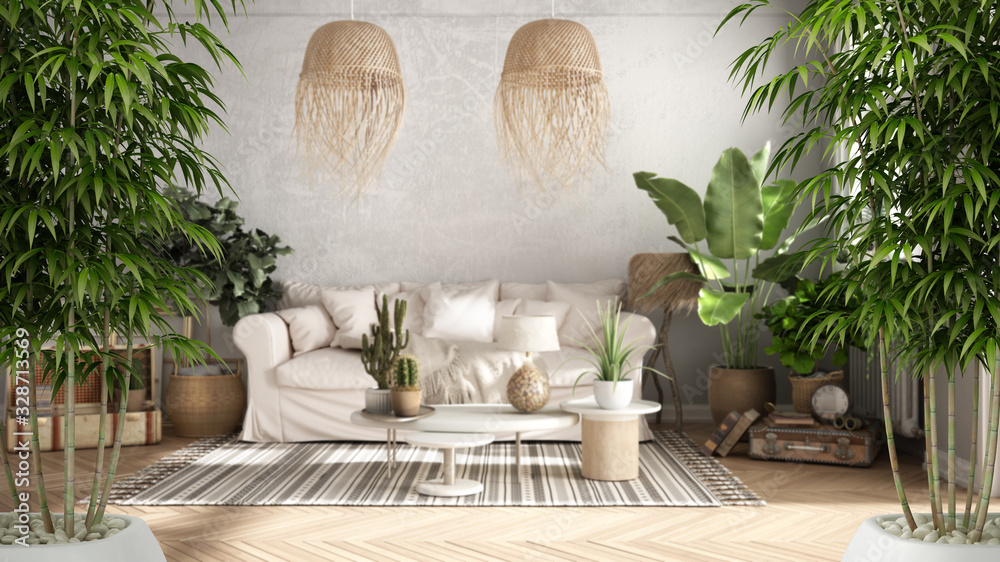









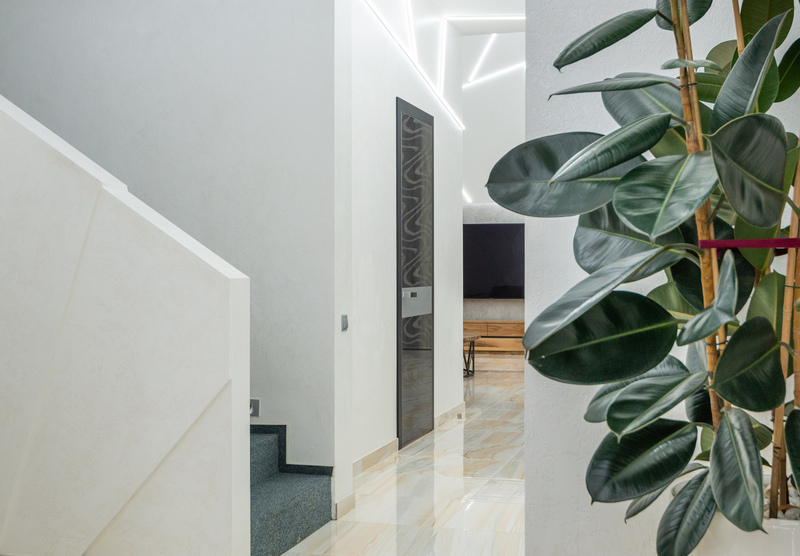

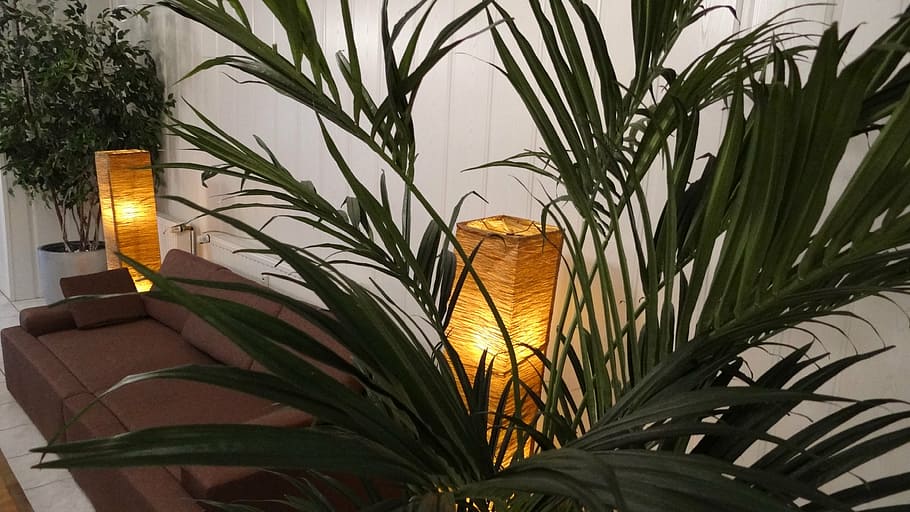
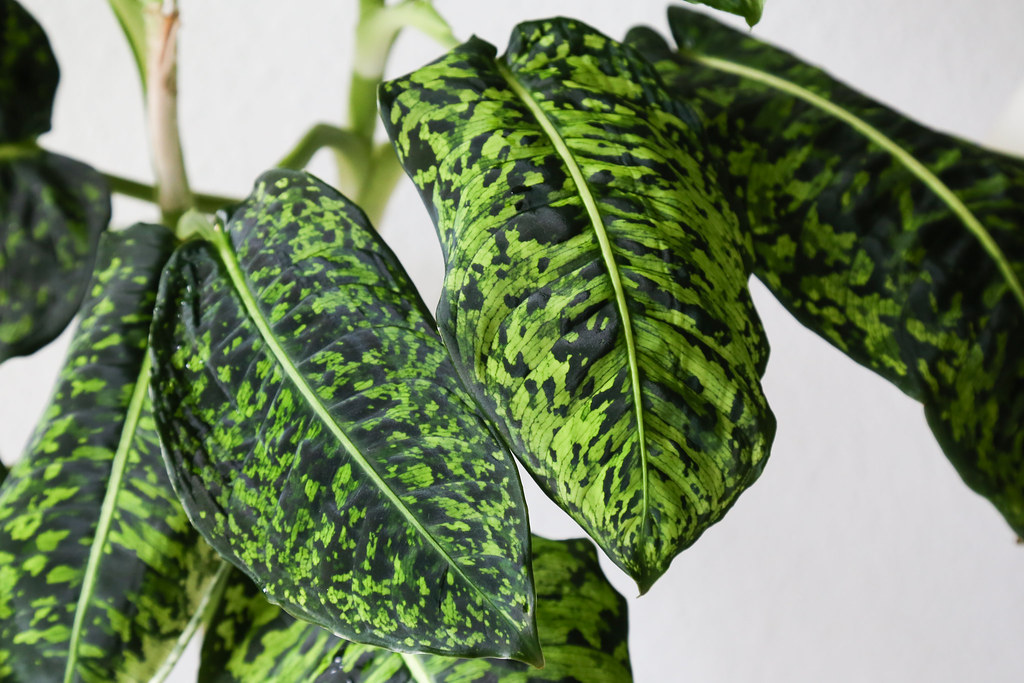
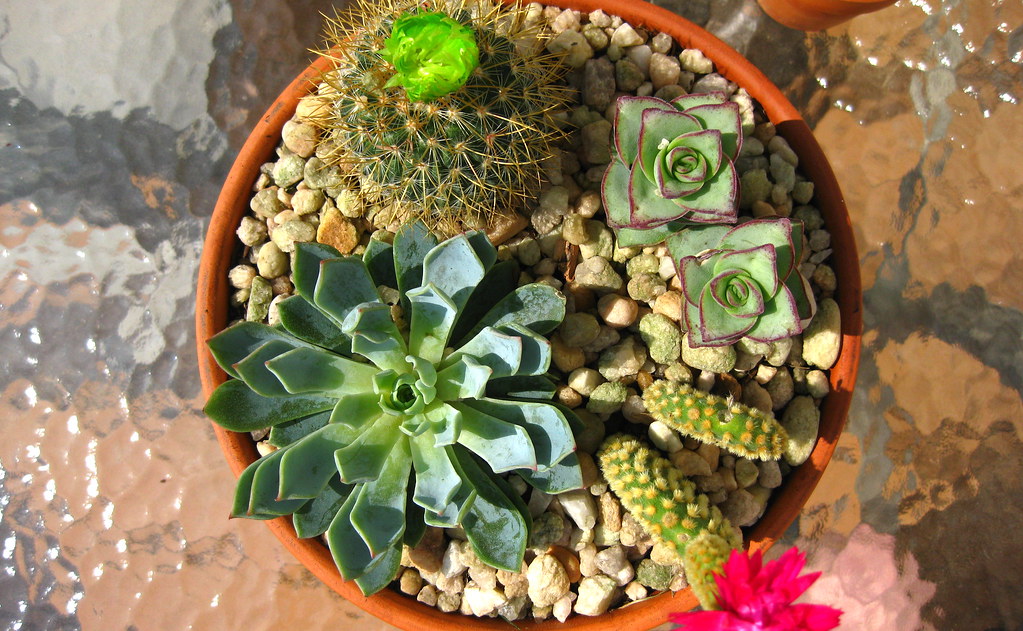

Comments